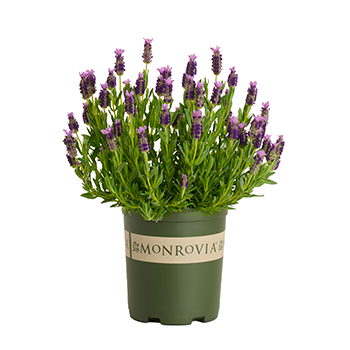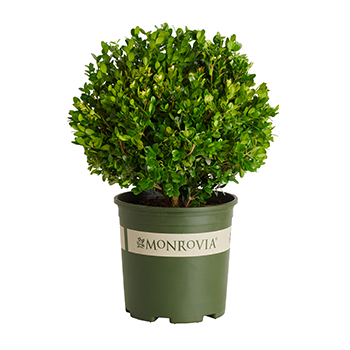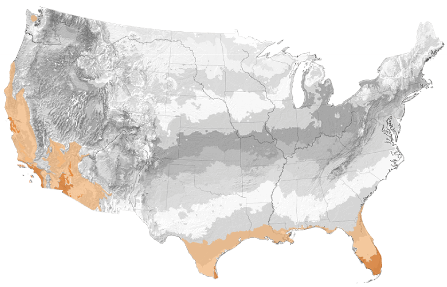You're growing in this Zip Code:
Change LocationDiscover Plants for Your Area
Hass Avocado
Persea americana 'Hass'
Retailers Near You
No Retailers found within 100 miles of your zipcode
Be Inspired: How to Use this Plant
| Bloom Time | Spring |
|---|---|
| Deciduous/Evergreen | Evergreen |
| Special Features | Easy Care, Edible, Fast Growing |
| Growth Rate | Moderate |
| Landscape Use | Container, Privacy Screen, Accent, Hillside, Shade Tree |
| Flower Color | White |
| Foliage Color | Dark Green |
| Care Instructions | Provide unamended, well-drained soil, and a wind and frost-sheltered site. Apply a thick layer of mulch to conserve moisture, avoiding the trunk. Water deeply and regularly during first growing season to establish an extensive root system; reduce frequency once established. Periodic leaf drop is normal; allow to remain as mulch. Apply a slow-release fertilizer in spring after flowering. |
| History | All Hass avocados growing today can trace their roots to Southern California and the original Persea americana 'Hass', planted as a chance seedling in 1926 by Rudolph Hass in his grove in La Habra Heights, California. It had been purchased from A.R. Rideout of Whittier, California, an innovative pioneer whose seedlings came from widespread parentage. Mr. Rideout passed his knowledge of growing avocados to Rudie Hass, therefore both men played an important role in this variety's history. Despite speculation, it remains unknown what variety of seed produced this seedling. It grew into a robust tree that produced tasty fruit that the Hass family highly preferred over Fuerte, which was at that time the best-known variety. Mr. Hass was granted a plant patent for Persea americana 'Haas' by the USPTO in 1935 and subsequently struck a deal with H. H. Brokaw of Whittier to produce 300 new clones, and promote the variety. The Hass avocado soon became a well-known favorite and the largest producing variety worldwide. |
| Lore | Though widely misspelled as 'Haas', this popular avocado variety is in fact named 'Hass', as it is the namesake of postman Rudolph Hass, who planted the original tree as a seedling in his Southern California grove in the mid-1920s. The Hass mother tree died and was removed in the fall of 2002. A plaque now marks the site where it lived, on West Road in La Habra Heights, California. Avocado trees typically carry concurrent crops; they flower and set fruit while the fruit that was set the previous spring is nearly ready to be harvested, having spent 12 to 18 months reaching maturity. |
| Bloom Time | Spring |
|---|---|
| Deciduous/Evergreen | Evergreen |
| Special Features | Easy Care, Edible, Fast Growing |
| Growth Rate | Moderate |
Retailers Near You
No Retailers found within 100 miles of your zipcode
Retailers Near You
No Retailers found within 100 miles of your zipcode
Buy Online
We cannot currently ship this product to your zip code.
About Us
We have been pioneers and craftsmen in the art of growing plants for nearly
100 years. Since our founding in Southern California by Harry E. Rosedale, Sr.
in 1926, we have been absolutely dedicated and obsessed with quality.
We have been pioneers and craftsmen in the art of growing plants for nearly 100 years. Since our founding in Southern California by Harry E. Rosedale, Sr. in 1926, we have been absolutely dedicated and obsessed with quality.





